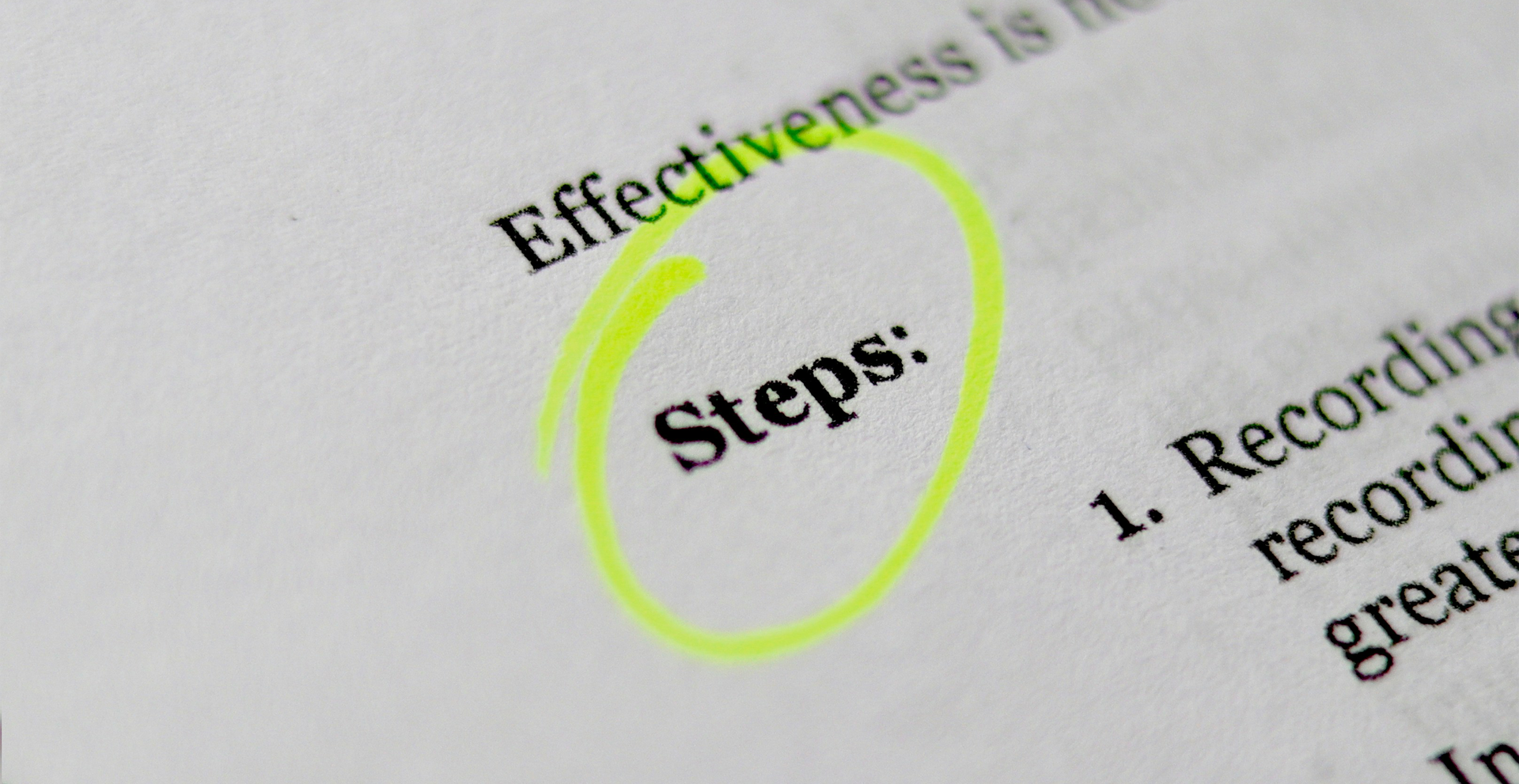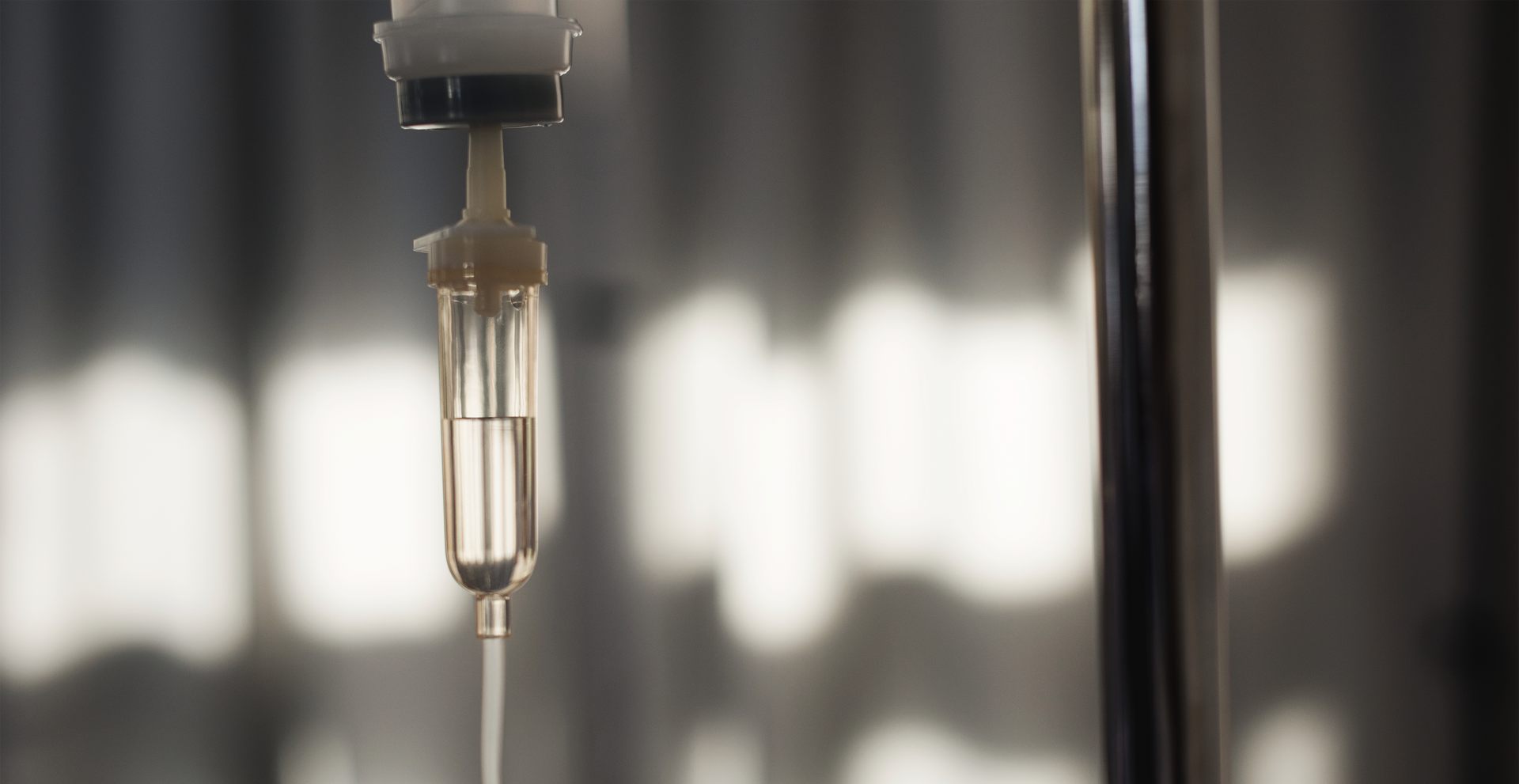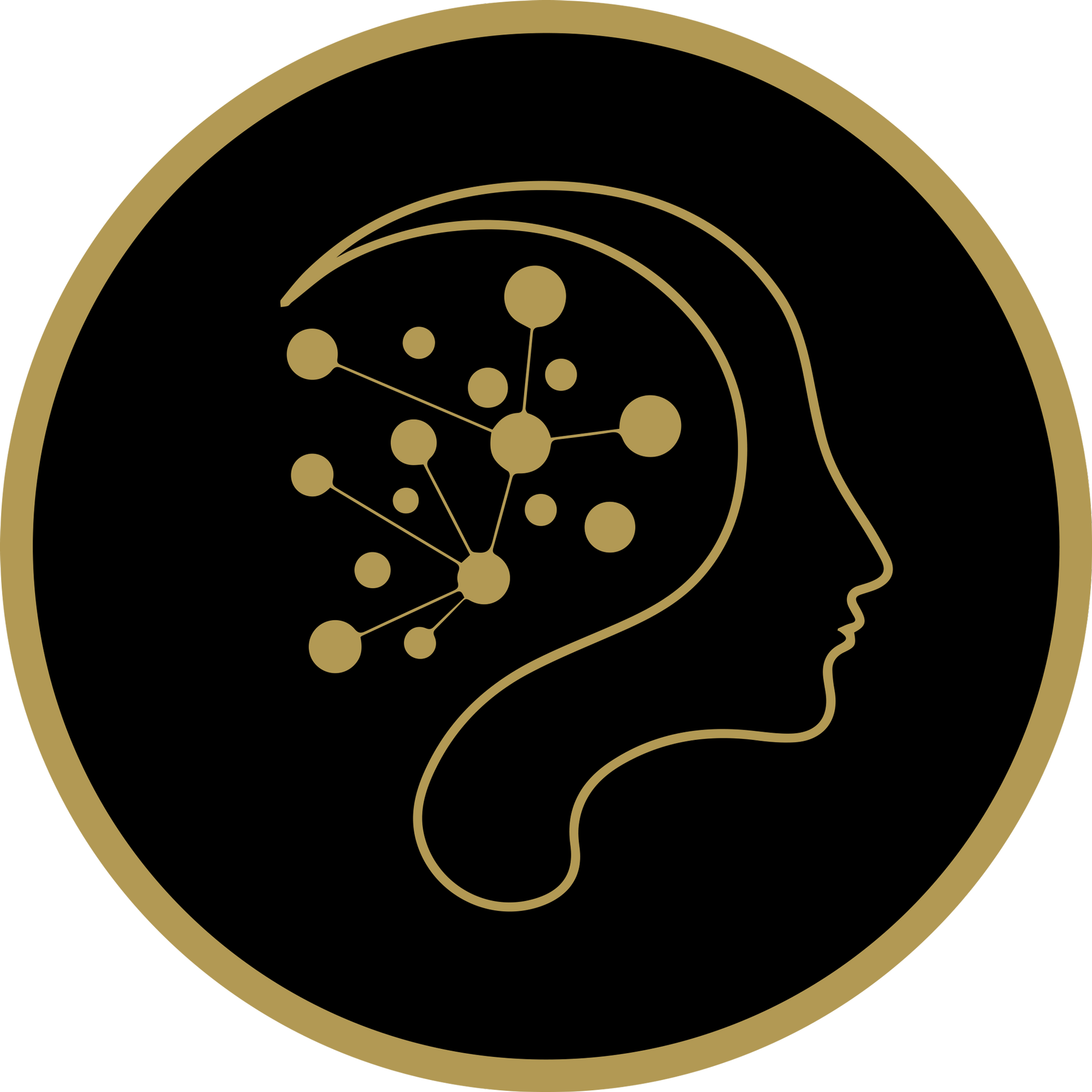Differences in TMS Devices: A Comparison of the Top Models
When considering Transcranial Magnetic Stimulation (TMS) as a treatment option, it's crucial to look not only at the clinic and provider but also at the specific device being used. The type of TMS machine can significantly impact the effectiveness of the treatment, including your comfort and speed of recovery. In this article, we compare several of the most widely used TMS devices on the market to help you make a well-informed decision.
What is TMS?
Transcranial Magnetic Stimulation (TMS) is a non-invasive, drug-free treatment for depression and other neuropsychiatric conditions. It uses magnetic pulses to stimulate brain regions associated with mood regulation and facilitates neuroplasticity, the brain's ability to reorganize. These mechanisms underlie its powerful mental health benefits.
Across studies, TMS consistently helps reduce psychiatric symptoms, including in treatment-resistant cases. However, research shows that some devices may be more effective than others. The model and make influence treatment comfort, speed of action, precision of coil placement, and ultimately, effectiveness.
What Are the Types of TMS Delivery Methods?
Repetitive Transcranial Magnetic Stimulation (rTMS) has become the gold standard in TMS treatment. It involves delivering repeated magnetic pulses to specific areas of the brain, most commonly the left dorsolateral prefrontal cortex, which plays a central role in mood regulation.
There are various types of rTMS delivery methods to consider when selecting a TMS provider. These include:
- High-frequency rTMS (10 Hz or more): This is the most traditional and widely studied method. It has a strong track record of effectiveness but requires a significant time commitment.
- Low-frequency rTMS (1 Hz): Used less commonly. It's considered gentler and may be preferred for patients with certain sensitivities or comorbidities. However, sessions are still lengthy, and the results may not be as robust as high-frequency protocols.
- Intermittent Theta Burst Stimulation (iTBS): A newer, advanced form of TMS, iTBS delivers short bursts of pulses in a pattern that mimics natural brain activity. It is typically completed in just 3 minutes, with studies showing it to be as effective or even more effective than standard rTMS for depression.
While high-frequency rTMS remains the most widely used and accessible form, many clinics and patients are now seeking out iTBS due to its shorter session time and strong evidence base. However, not all TMS devices are equipped to deliver these advanced protocols, and some that can deliver them are not FDA-cleared to do so. This distinction is important because FDA clearance ensures that the protocol has been rigorously tested for safety and effectiveness.
Comparing TMS Devices
Magstim
Magstim is a trusted UK-based manufacturer with over 30 years of operation. It’s one of the pioneers in the field and is known for producing high-quality, flexible, and science-backed TMS equipment. The technology has been cited in over 15,000 peer-reviewed research papers and is used in hospitals, clinics, and research centers worldwide.
The device uses StimGuide, an advanced navigation technology that helps the provider position the TMS coil precisely over the correct area of the brain. This ensures accurate and consistent targeting, without the need for an MRI. StimGuide provides real-time visual guidance, making treatment more affordable and less time-consuming than those that require additional MRI brain scans.
Magstim systems are FDA-cleared for treating major depressive disorder (MDD) and are capable of delivering multiple types of TMS, including lower frequency stimulation and iTBS.
In terms of cost, it’s one of the more accessible and cost-efficient options for clinics, which often translates into better availability for patients.
NeuroStar
NeuroStar, manufactured by Neuronetics, is one of the most well-known TMS brands in the United States. It was the first TMS device to receive FDA approval for the treatment of depression in 2008 and is widely used in many clinics.
Unlike some other TMS devices, NeuroStar doesn’t have a built-in navigation system to guide and confirm the exact placement of the treatment coil on the head. Instead, it utilizes a basic feature called "Contact Sensing", which simply alerts the provider when the coil loses physical contact with the scalp.
NeuroStar is FDA-cleared for MDD as well as obsessive-compulsive disorder (OCD) and anxious depression. It recently got clearance for treating depression in adolescence. The device can deliver rTMS and iTBS.
While versatile, NeuroStar is markedly more expensive than other TMS devices.
MagVenture
MagVenture is a Danish manufacturer whose devices were one of the first to be FDA-cleared for iTBS. It is cleared for MDD, OCD, and chronic pain, and on the average side of cost.
Like MagStim, MagVenture devices feature an inbuilt navigation system, MagVenture Atlas, enabling providers to place the coil with high accuracy. Moreover, the devices feature a robotic arm that automatically adjusts the coil’s position in response to patient movements and system input.
Apollo
The Apollo TMS therapy system is made in Germany by a company called MAG & More. It uses a special positioning system called HANS to help place the treatment coil, along with a touchscreen system to manage patient settings. The system also includes a specially designed ergonomic chair for patient comfort.
Apollo is FDA-cleared to treat MDD. While the device can provide a relatively short rTMS protocol of 19 minutes, it hasn’t been approved for iTBS. The system is reasonably priced.
NextStim
NextStim is a Finland-based company that originally developed TMS devices to assist neurosurgeons with brain mapping before brain surgery. Their TMS system was later FDA-approved and brought to the US market for depression therapy.
In addition to iBTS, NextStim offers
neuronavigation TMS, which utilizes 3D spatial cameras to precisely locate the treatment coil in real-time in relation to the patient’s brain. While neuronavigation enables high accuracy and personalized treatment, it requires patients to undergo an MRI, which can be both costly and time-consuming.
Compared to other TMS devices, NextStim is significantly more expensive.
Why We Use Magstim at TMS Ketamine Clinic of Southwest Florida
At TMS Ketamine Clinic of Southwest Florida, we’ve chosen to provide treatment using Magstim because it offers the ideal balance of clinical effectiveness, advanced navigation, affordability, and patient comfort. Its support for iTBS means shorter sessions, more convenience, and faster results for our patients.
If you're considering TMS therapy and want to experience the benefits of cutting-edge, personalized treatment, contact us today. Our team is here to help guide you toward long-term mental wellness with technology you can trust.
MENTAL HEALTH SERVICES
BOOK A CONSULTATION
Knowing that you are not alone is of utmost importance. Seek assistance for depression today!
OUR SERVICE SUPPORTS MENTAL WELLNESS
- Depression
- Lack of Joy
- Sadness and Despair
- Low Mood
- Lethargy
- Insomnia
- Oversleeping
- Social Isolation
- Self-Harm
- Substance Abuse
- Suicidal Ideation
- Alcoholism









